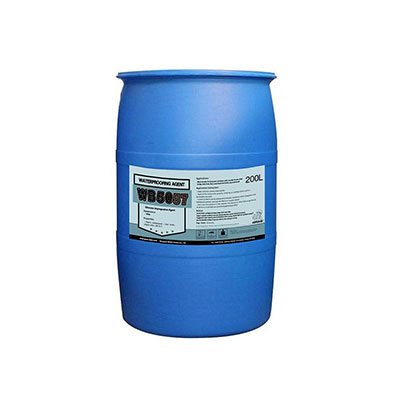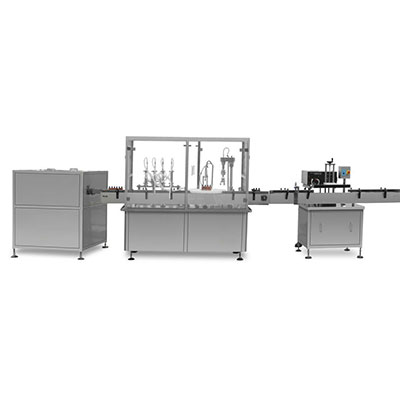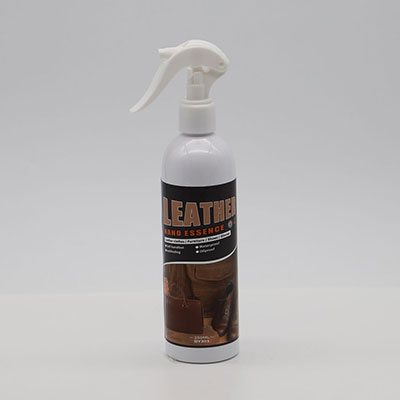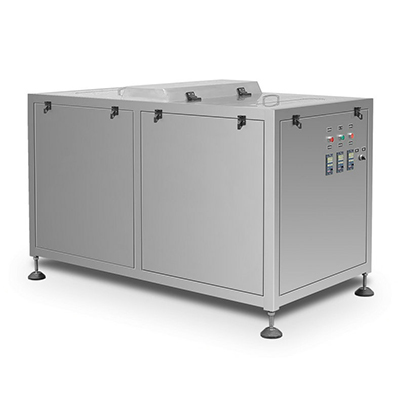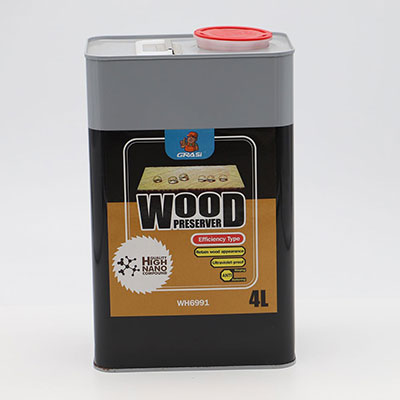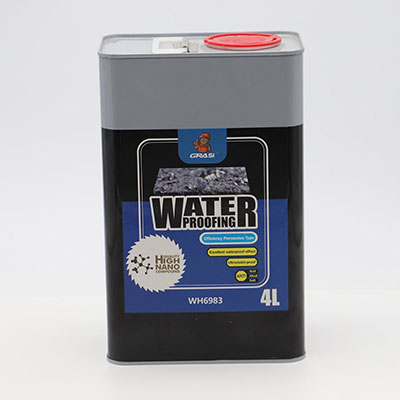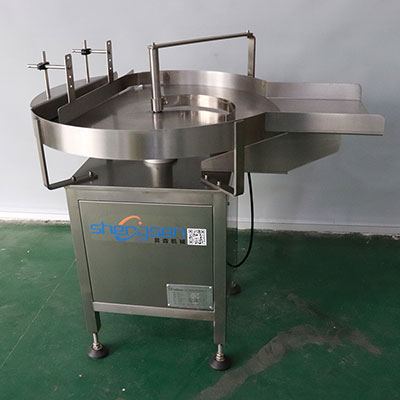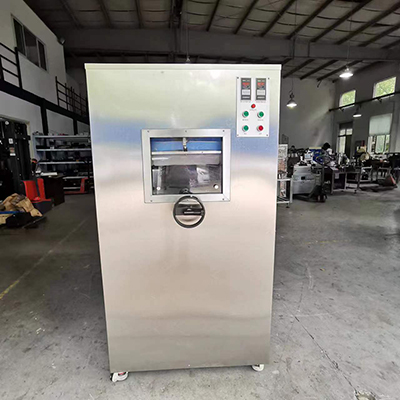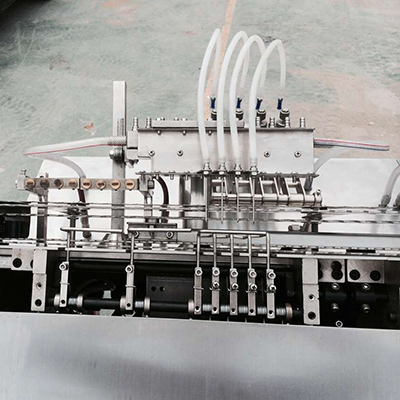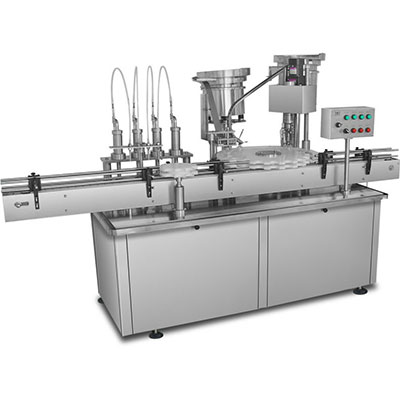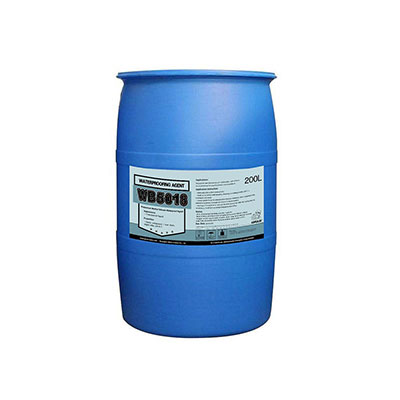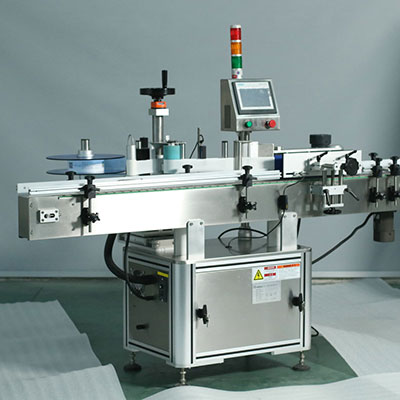Membrane Keyboard
The membrane keypad is getting popular worldwide. It is nothing but a touch sensitive device that has a number of keys arranged in rows and columns. Aside from its functionality, this kind of membrane switch is designed as a decorative pattern that deeply impresses its users.
Generally speaking, there are four layers that make up a complete membrane switch. They are the faceplate, upper circuit, separation layer, and the lower circuit.
Membrane keypads are small, lightweight switches that attract increasing attentions from the laptop keyboard industry. An emerging trend that will drive the future laptop market is the thinner, shorter, and smarter membrane keyboard.
Dust-tight and waterproof, our membrane keypad offers a completely sealed design, leaving no chance for nasty grime or corrosive chemicals to get inside. It will hold up to vibration as well as bending.
Uses of this switching device are nearly endless, such in electronic measuring instrument, medical equipment, computer control, NC lathe, electronic scale, copy machine, refrigerator, electric fan, washing machine, and electronic games.
Material
Our membrane keypad is typically made of PET, PC, and PVC materials.
Technical Specifications
1. Working Voltage: ≤50V (DC)
2. Working Current: ≤100mA
3. Contact Resistance: 0.5~10Ω
4. Insulation Resistance: ≥100MΩ(100V/DC)
5. Tolerable Voltage of Substrate: 2kV(DC)
6. Contact Bounce: ≤6ms
7. Circuit Resistance: 50,150Ω, 350Ω. We can tailor this resistance to fit your requirements.
8. Tolerable voltage for non-conductive ink:100V/DC
Mechanical Properties
1. Lifespan: more than 1 million presses
2. Key travel distance: 0.1-0.4mm (for un-tactile type), 0.4-1.0mm (for tactile type)
3. Pressing force: 15-750g
4. Silver migration test (under 55℃ temperature and 90% RH conditions): Resistance between two adjacent circuit traces is 10MΩ. No short circuit occurs.
5. No oxidation ever happens to the silver circuit.
6. Silver path width: ≥0.3mm
7. Distance between two adjacent silver paths (also known as circuit traces): 0.3mm
8. Length of rough edges along the silver path: <1/3 (of the whole circuit length)
9. Nick in the circuit trace: <1/4 (of circuit width)
10. Distance between two adjacent pins: 2.54mm, 2.50mm,1.27mm, or 1.25mm
11. Flexural strength of wiring for pin-out: The wiring can be run over without being damaged by a steel roller of 10mm in diameter
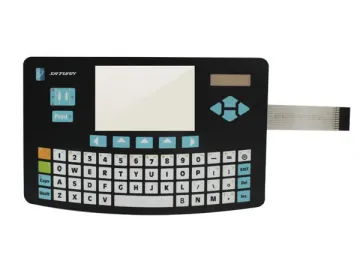
Working Conditions
1. Working Temperature: -20℃ - 70℃
2. Storage Temperature: -40℃ - 85℃ with relative humidity of 95%±5%
3. Atmospheric Pressure: 86-106KPa
Links:https://www.globefindpro.com/products/80831.html
-
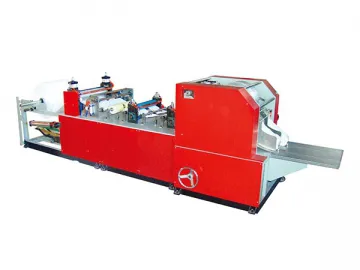 CIL-NP-C C Type Tissue Converting Machine
CIL-NP-C C Type Tissue Converting Machine
-
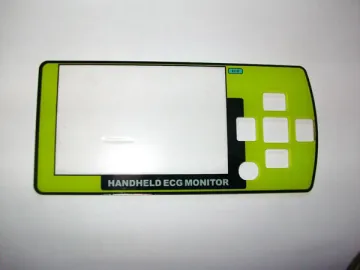 PMMA & PC Transparent Windows
PMMA & PC Transparent Windows
-
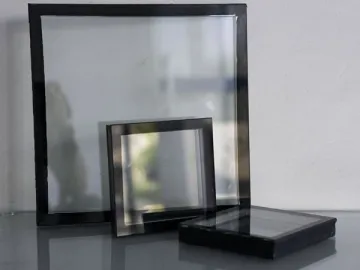 Low E Hollow Glass
Low E Hollow Glass
-
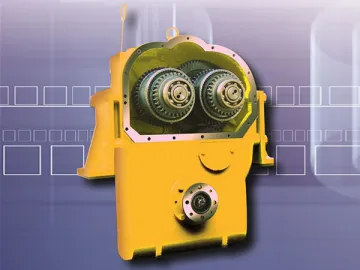 ZL15,ZL15-1 Series Gearbox
ZL15,ZL15-1 Series Gearbox
-
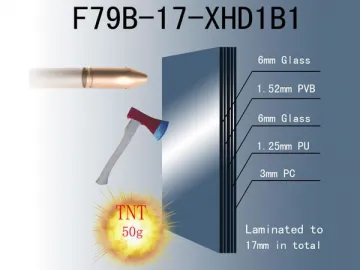 Blast Resistant Glass
Blast Resistant Glass
-
 Processed Glass
Processed Glass
-
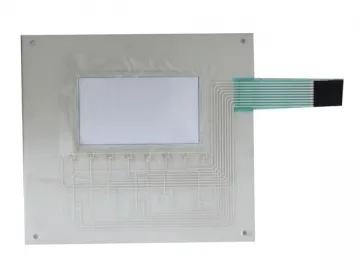 Membrane Circuit
Membrane Circuit
-
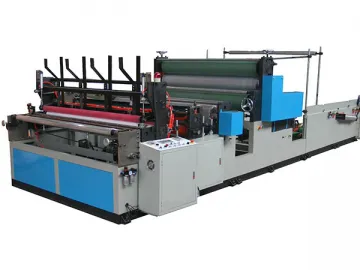 CIL-SP-C Automatic Colored Kitchen Towel Rewinder
CIL-SP-C Automatic Colored Kitchen Towel Rewinder
-
 CIL-AS-201 Automatic Paper Handkerchief Packaging Machine
CIL-AS-201 Automatic Paper Handkerchief Packaging Machine
-
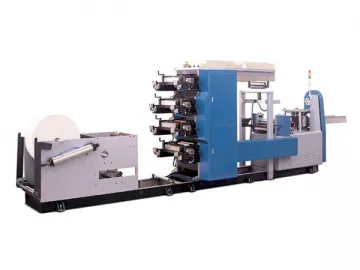 CIL-NP-7000A (275-500) Automatic Multi-Color Napkin Converting Machine
CIL-NP-7000A (275-500) Automatic Multi-Color Napkin Converting Machine
-
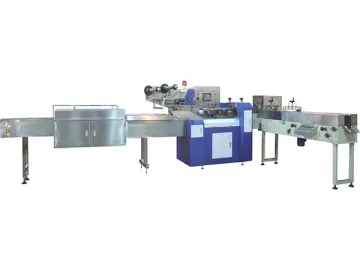 CIL-SP-503 Single Roll Toilet Paper Packaging Machine
CIL-SP-503 Single Roll Toilet Paper Packaging Machine
-
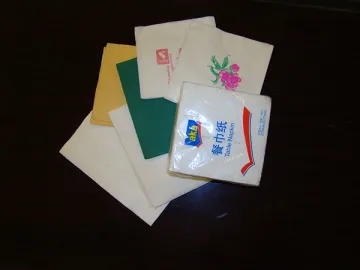 CIL-NP-7000K300-500-2 High Speed Napkin Converting Machine
CIL-NP-7000K300-500-2 High Speed Napkin Converting Machine
